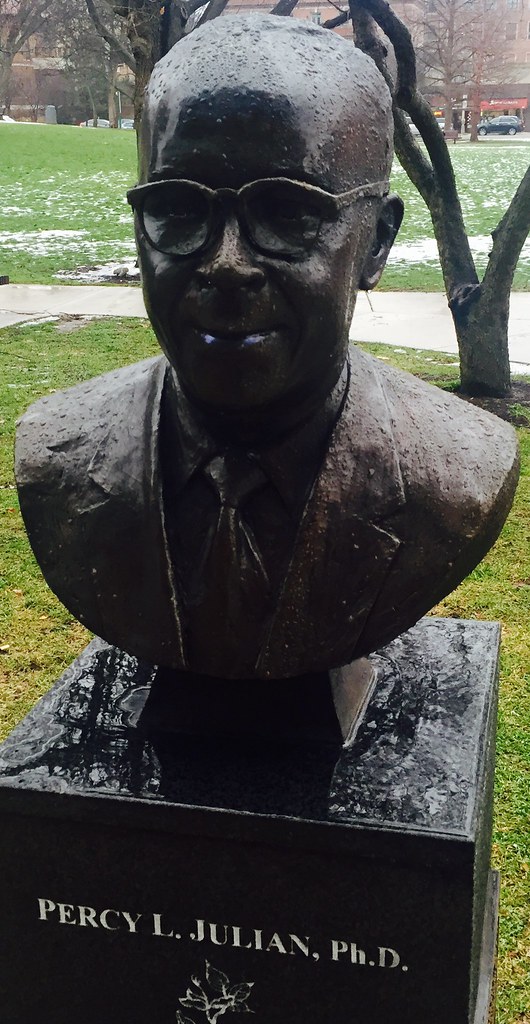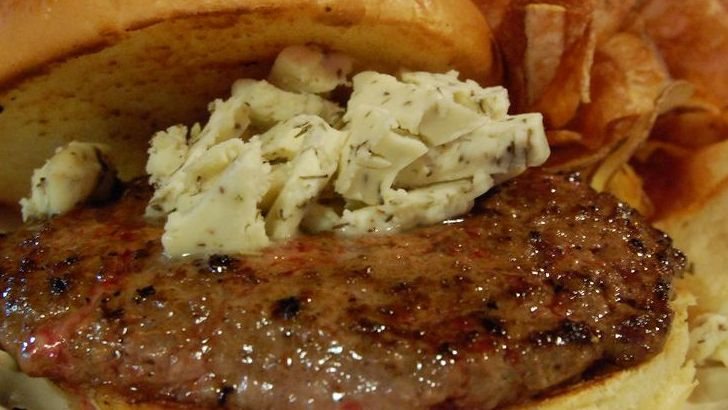Henrietta Wood – The Woman Who Won the Largest Slavery Reparations Case in History
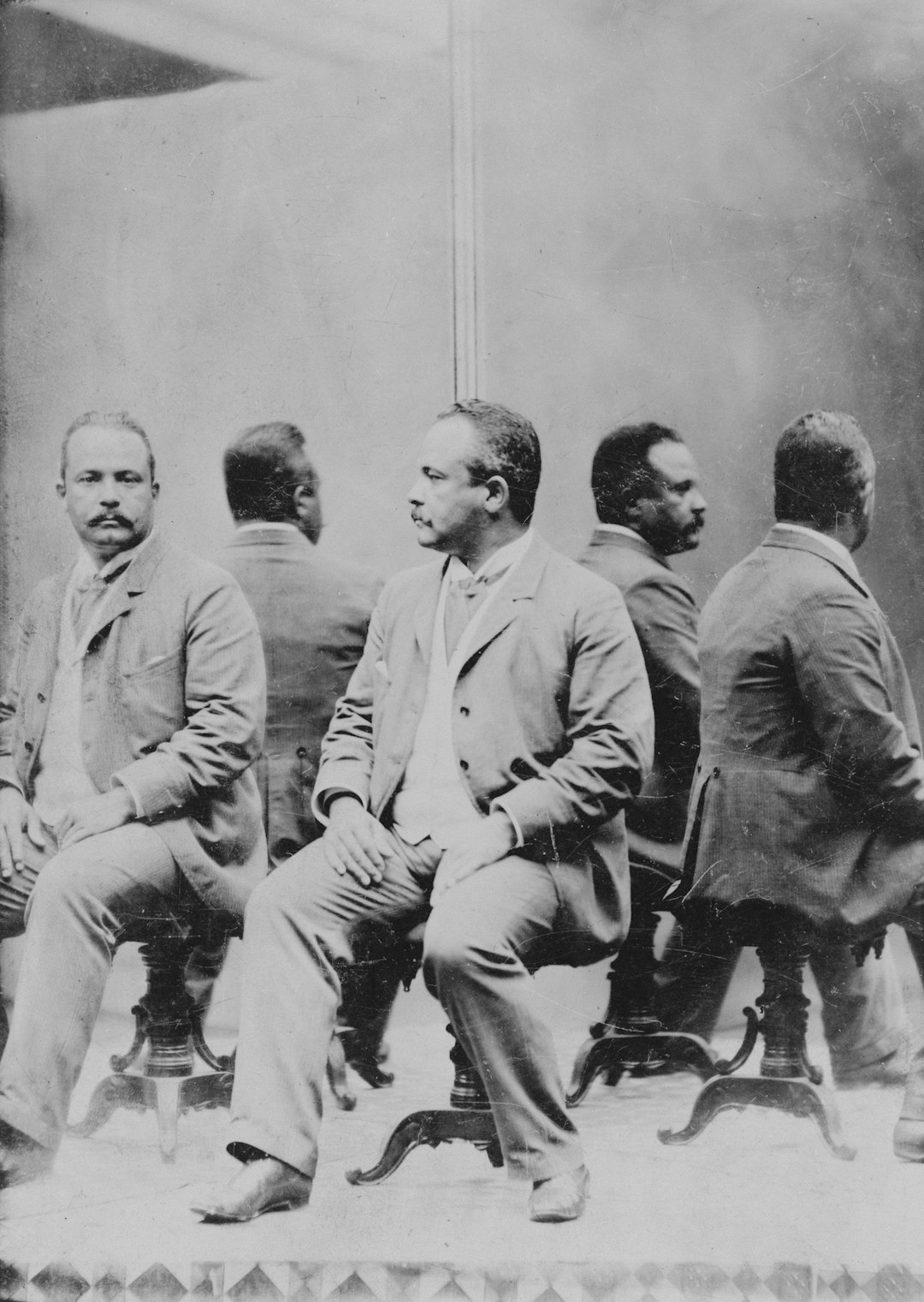
Henrietta Wood won the largest verdict ever awarded for slavery reparations in the United States. The trial took place in 1878, and Wood won $2,500, which equals $65,000 in today’s dollars and remains the largest award ever given for slavery reparations. Born enslaved in Kentucky but freed as an adult, Wood was later kidnapped and sold back into slavery. After the American Civil War, Wood successfully sued her kidnapper and won financial damages. She was suing for $20,000 in reparations. Born into bondage in Kentucky, Wood testified she had been granted her freedom in Cincinnati in 1848, but five years later she was kidnapped by Ward, who sold her, and she ended up enslaved on a Texas plantation until after the Civil War. She finally returned to Cincinnati in 1869 as a free woman and sued Ward the following year. Her son worked various jobs including as a Pullman Porter, and it was reported that Wood used the money from her lawsuit to help her son buy a house and fund his legal education.
Mary Bowser – The Spy Who Infiltrated the Confederate White House
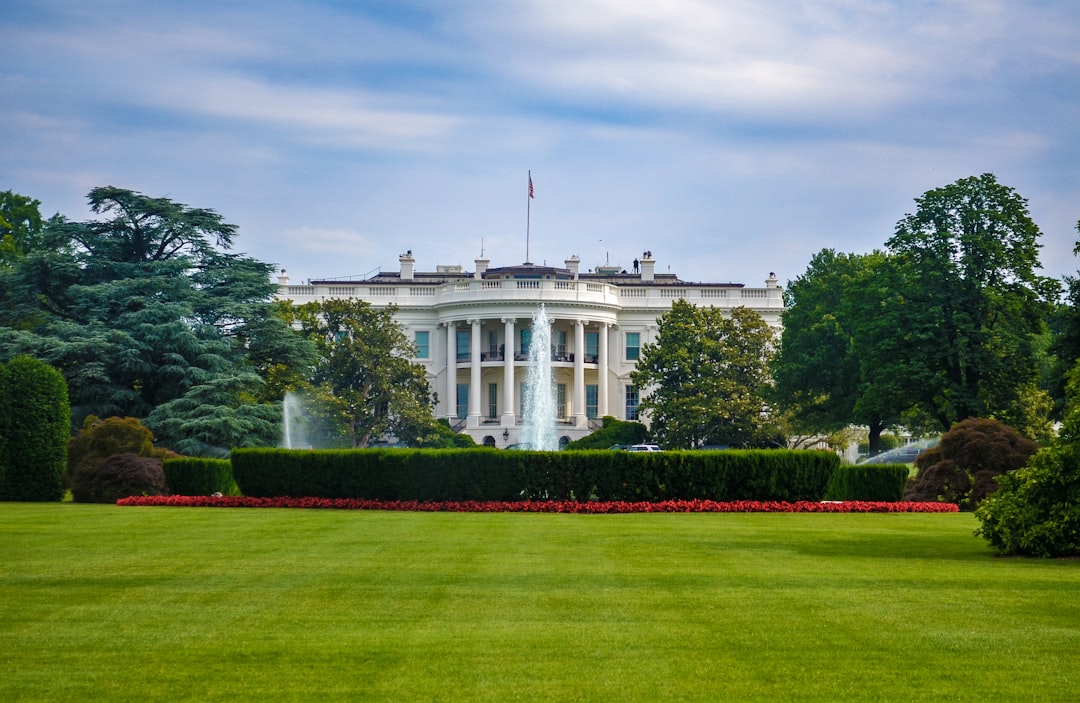
The formerly enslaved Mary Bowser and abolitionist Elizabeth Van Lew teamed up to spy on Confederate President Jefferson Davis and got away with it. After cleaning and cooking at several functions for the family of Confederate President Jefferson Davis, Bowser was hired as a full-time servant in the Confederate White House. Van Lew’s diary entries imply that Bowser’s reports were critical in helping the Union navigate their way towards victory during the war. Van Lew wrote, “When I open my eyes in the morning, I say to the servant, ‘What news, Mary?’ and my caterer never fails! Most generally our reliable news is gathered from negroes.” The Thomas McNiven Papers report that Mary “was working right in the Davis home and had a photographic mind. Everything she saw on the president’s desk, she could repeat word for word. Unlike most colored, she could read and write. She made a point of always coming out to my wagon when I made deliveries at the Davis’ home to drop information.” In 1995, the U.S. government honored the service of Mary Elizabeth Bowser by inducting her in the Military Intelligence Corp Hall of Fame.
The Oneida Nation – America’s First Ally Who Saved Valley Forge
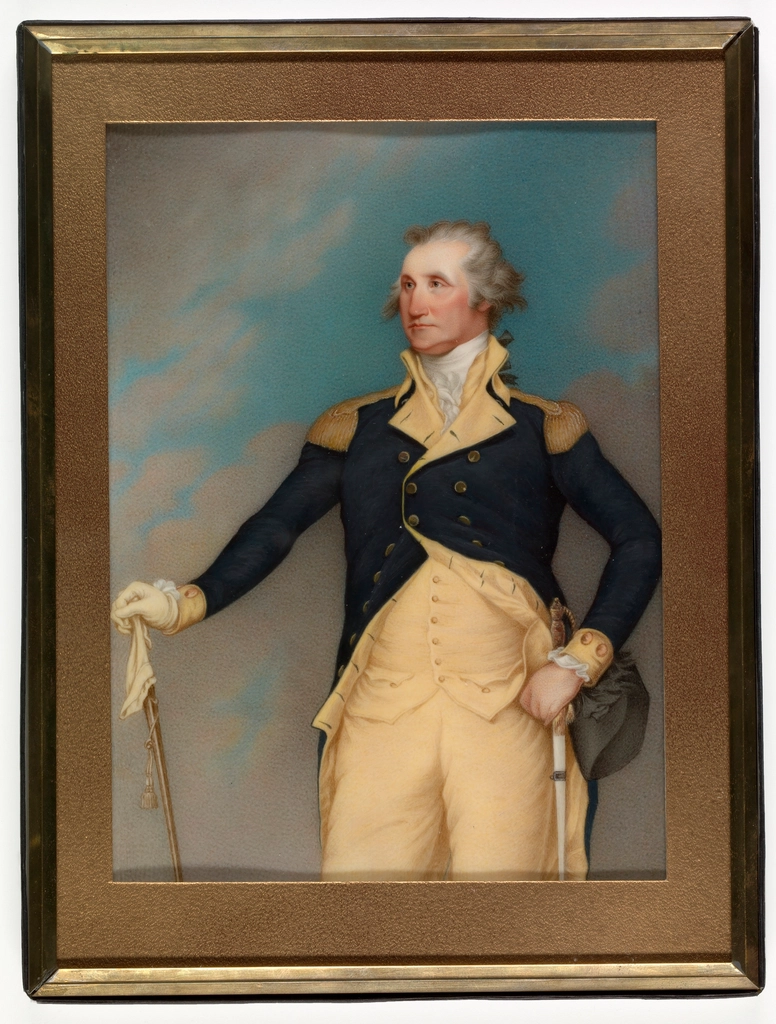
The Oneida are one of the Six Nations Iroquois (Haudenosaunee), and the only one that openly declared its support for the American Revolution. George Washington explained that, “The Oneidas have manifested the strongest Attachment to us throughout this Dispute.” The Oneidas provided American forces with troops and spies throughout the Revolution, beginning at the Battle of Oriskany in New York’s Mohawk Valley August 1777. During the winter of 1777-78, the Oneida sent 50 men to serve with Washington’s army at Valley Forge. An Oneida woman who accompanied them, known as Polly Cooper, became a cook for Gen. Washington for the winter. Along with providing service as scouts, these Oneida fought under Gen. Lafayette at the Battle of Barren Hill in May of 1778 before returning to their homes. The Oneida delivered over 600 baskets of white corn to the hard-pressed Continental Army. Under Chief Skenandon’s leadership, the Oneidas brought bushels of maize to General George Washington’s starving Patriot army. Cooper showed Washington’s people how to properly cook and eat the corn. Washington’s intentions were to pay cash to Cooper for her generosity, but she refused compensation because she said it was her duty to serve her country.
Annie Turner Wittenmyer – The Woman Who Revolutionized Military Hospitals
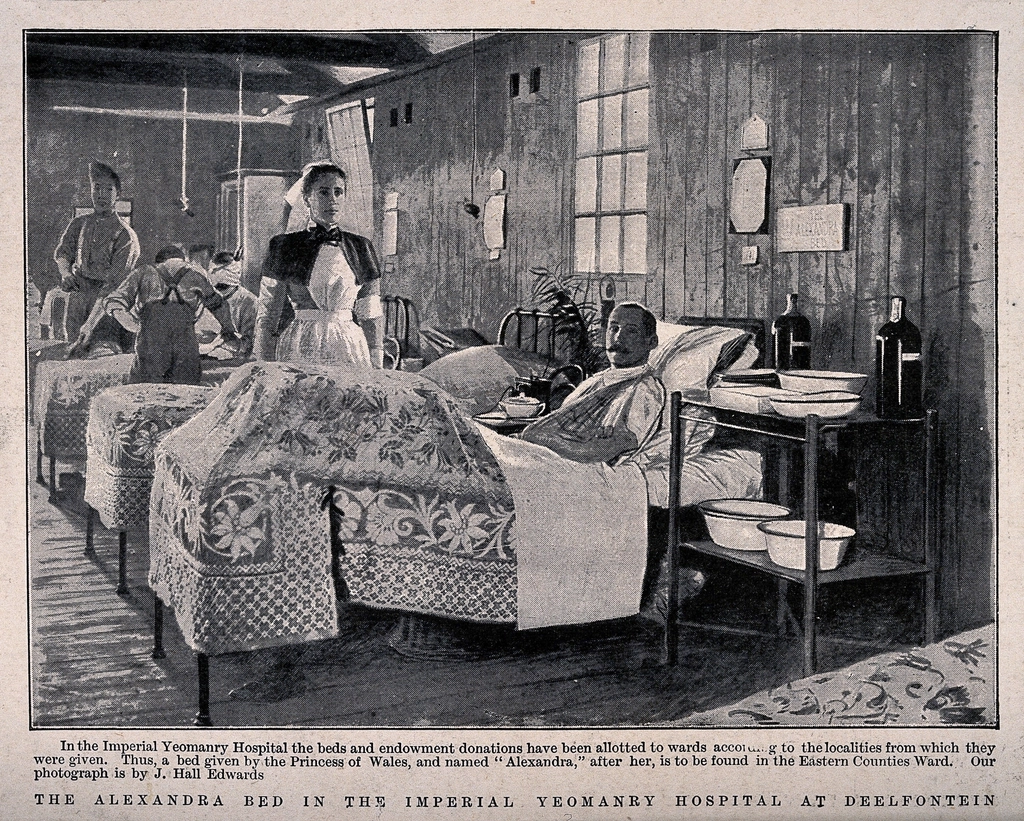
Annie Turner Wittenmyer was a social and political activist, and her work has helped shaped American history. She started her career as a social worker in Civil War army camps in Iowa, but she resigned her post in 1864. Wittenmyer, intent on making life better for soldiers, started special kitchens at army hospitals. In these kitchens, two women were responsible for properly preparing food that doctors ordered specifically for each patient. This change ensured that patients received only nutritious food that would help their recovery. Her innovative approach to hospital nutrition became a model for medical care throughout the country. Before her reforms, soldiers were often fed the same bland food regardless of their medical condition, which slowed recovery and increased death rates. Wittenmyer’s system saved thousands of lives by ensuring that recovering soldiers received proper nutrition tailored to their specific needs.
Lonnie Johnson – The Inventor Who Changed Childhood Forever

Take Lonnie Johnson, for instance. Born in the Jim Crow South on Oct. What most people don’t know is that Johnson invented the Super Soaker water gun, which became one of the most popular toys in American history. Born in 1949, Johnson grew up in Alabama where he built his own go-kart and rocket fuel as a teenager. He later worked as a NASA engineer on the Galileo mission to Jupiter and the Cassini mission to Saturn. His Super Soaker invention happened by accident in 1982 when he was working on a heat pump design and noticed the powerful stream of water it produced. The toy went on to generate over $1 billion in sales and transformed summer play for generations of children.
Chuck Mawhinney – The Deadliest Sniper Who Stayed Silent

Born in 1949 in Lakeview, Oregon, Chuck Mawhinney is the deadliest sniper in the history of the U.S. Marine Corps. A sniper during the Vietnam War, Mawhinney has 103 confirmed kills to his name — including 16 kills in a mere 30 seconds. Mawhinney was quiet about his record after the war, and his story didn’t emerge until the 1990s. He died in 2024 at the age of 74. Unlike many war heroes who became household names, Mawhinney returned to Oregon and worked as a forestry technician, never seeking fame or recognition. His incredible marksmanship skills were legendary among Marines, but he preferred to live a quiet life away from the spotlight. When his story finally became public in the 1990s, it revealed one of the most extraordinary military records in American history.
Corrie ten Boom – The Watchmaker Who Saved 800 Lives
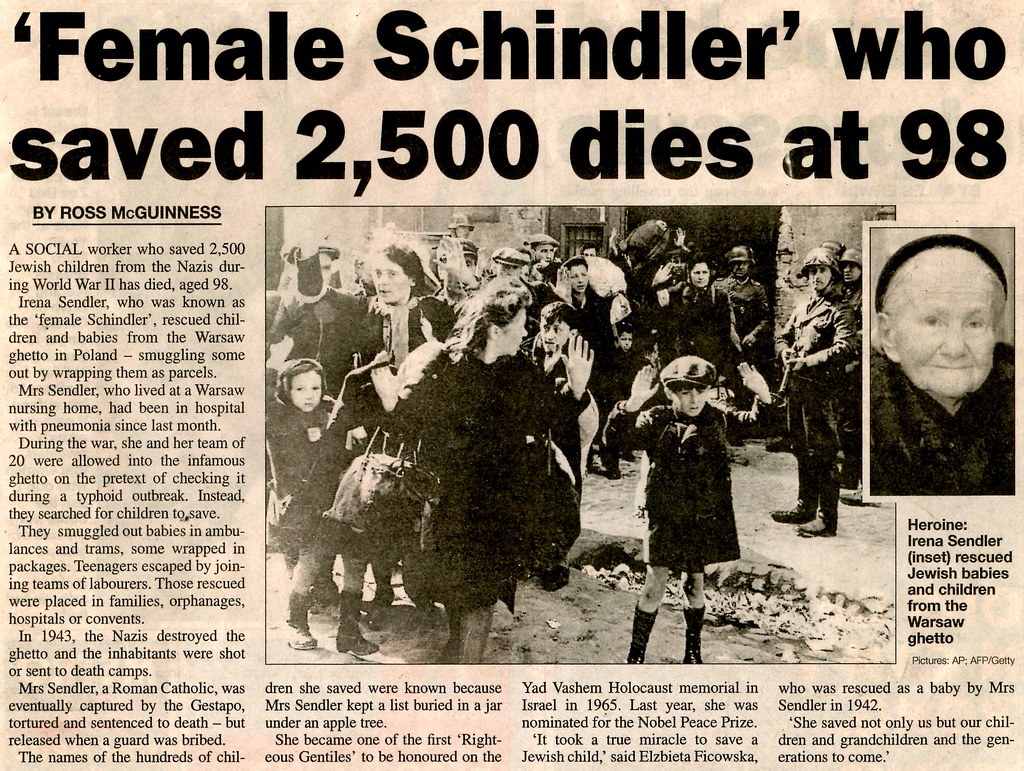
Born on April 15, 1892, in the Netherlands, Corrie ten Boom was a Dutch watchmaker who saved 800 Jewish people during World War II. As members of the Dutch resistance, ten Boom and her family opened up their home and provided shelter to Dutch Jews fleeing the Nazis. Ten Boom, her father, and her sister were eventually found out and sent to concentration camps. Though ten Boom’s father and sister perished, ten Boom survived and lived until April 15, 1983. All three were recognized as one of Yad Vashem’s Righteousness Among the Nations. After the war, ten Boom became a traveling speaker, sharing her story of forgiveness and faith with audiences around the world. Her family’s secret room behind a bookshelf in their Haarlem home became a symbol of resistance against Nazi oppression. Despite suffering unimaginable losses, she dedicated her life to promoting reconciliation and understanding between different cultures and religions.
Paul Alexander – The Man Who Lived 70 Years in an Iron Lung

Born on Jan. 30, 1946, in Dallas, Texas, Paul Alexander spent the majority of his life in an iron lung. Alexander contracted polio at the age of six in 1952, which paralyzed him from the neck down for the rest of his life. Despite this, Alexander became a lawyer, wrote a memoir, and became active on social media. He died in 2024 shortly after contracting COVID-19. Alexander’s story is one of incredible determination and resilience in the face of seemingly impossible odds. He learned to breathe outside the iron lung for short periods using a technique called “frog breathing” that allowed him to attend law school and court proceedings. His life spanned the polio epidemic of the 1950s to the social media age, where he inspired millions with his positive attitude and determination to live life to the fullest.
Violet Bonham Carter – The Politician Who Fought Hitler
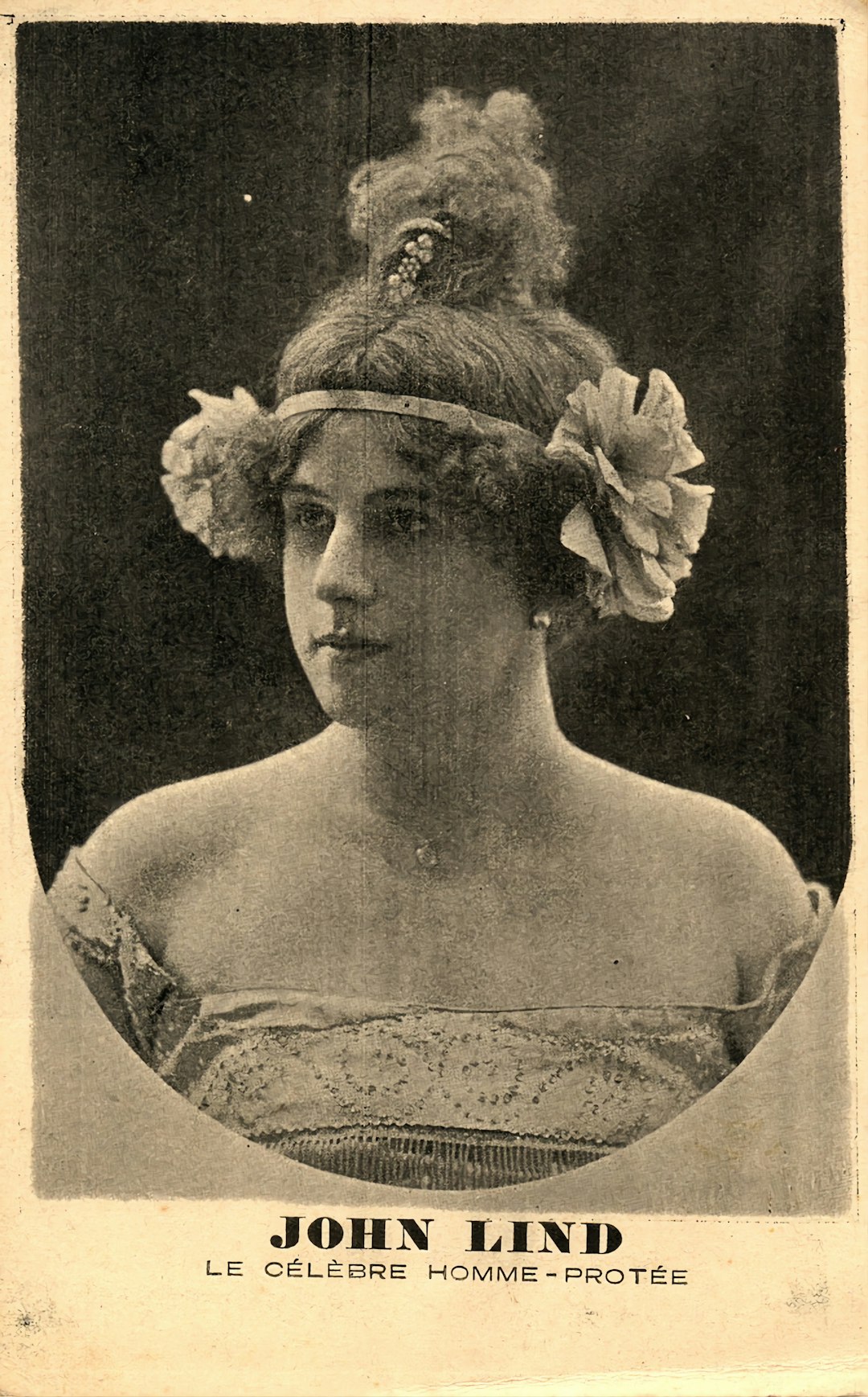
Born on April 15, 1887, Violet Bonham Carter — the grandmother of actress Helena Bonham Carter — was an outspoken orator and politician. She spoke out against the Treaty of Versaille and Nazi Germany — leading Hitler to add her to his “black book” of Britons he would imprison if he ever invaded England — ran for a seat in the House of Commons, and later entered the House of Lords. She died on Feb. 19, 1969, at the age of 81. As the daughter of British Prime Minister H.H. Asquith, she grew up in the world of politics but carved out her own influential career. Her fierce opposition to fascism and her eloquent speeches made her a target of Nazi hatred, but also earned her respect as one of Britain’s most effective anti-fascist voices. She was instrumental in promoting liberal causes and women’s rights throughout her long career in British politics.
Percy Julian – The Chemist Who Revolutionized Medicine
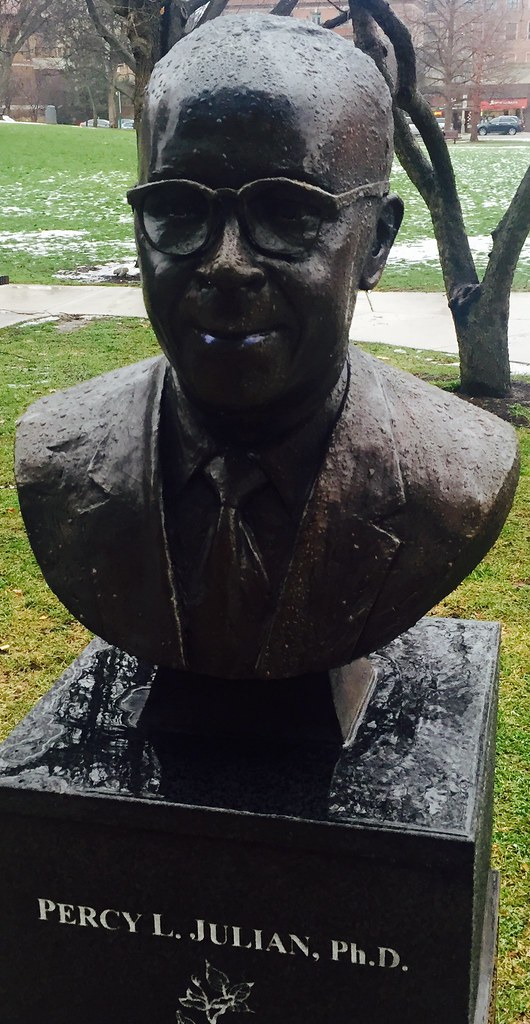
Born on April 11, 1899, Percy Julian was a pioneering Black chemist. Julian overcame incredible racial barriers to become one of the most important chemists in American history, synthesizing cortisone and other life-saving medications from soybeans. His work made treatments for arthritis, allergies, and other conditions affordable for millions of people. Despite graduating at the top of his class from DePauw University, Julian was initially denied admission to graduate school because of his race. He eventually earned his Ph.D. from Harvard and went on to hold over 130 patents for his chemical discoveries. His soybean-based synthesis methods revolutionized the pharmaceutical industry and saved countless lives by making expensive medications accessible to ordinary people.
Thomas McNiven – The Baker Who Became a Master Spy
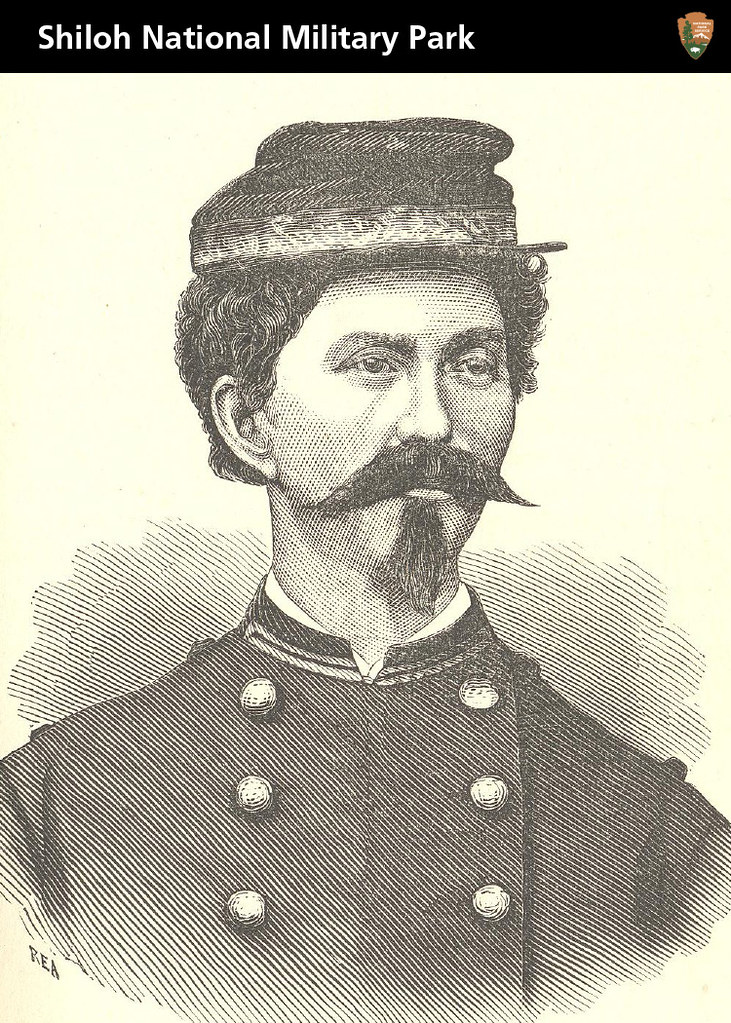
Thomas McNiven, another Union spy in Richmond who was a baker. The Thomas McNiven Papers report that Mary “was working right in the Davis home and had a photographic mind. She made a point of always coming out to my wagon when I made deliveries at the Davis’ home to drop information.” McNiven used his bakery business as the perfect cover for his espionage activities throughout the Confederate capital. His daily bread deliveries to homes and businesses, including the Confederate White House, gave him access to information that other spies could never obtain. He coordinated with Mary Bowser and other agents in Elizabeth Van Lew’s spy ring to gather intelligence that proved crucial to Union victory. His seemingly innocent bakery wagon became one of the most effective intelligence-gathering operations of the Civil War, proving that ordinary citizens could play extraordinary roles in shaping history.
Han Yerry Tewahangarahken – The Oneida War Chief Who Fought for America
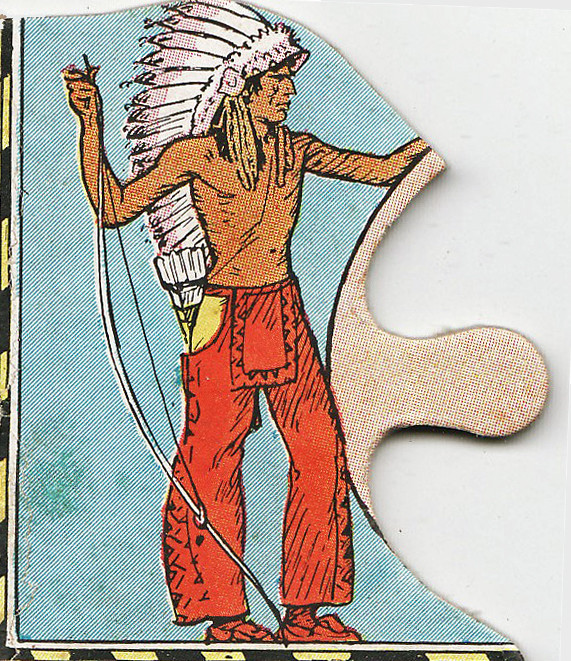
An Oneida War Chief, Han Yerry Tewahangarahken, his wife, Two Kettles Together, and son Cornelius particularly distinguished themselves. By the end of the battle, Han Yerry had killed nine of the enemy. Han Yerry received many commendations and awards throughout his lifetime, most notably, his being awarded a commission as Captain for his service during the Revolutionary War. Han Yerry, Two Kettles Together and their son Cornelius fought bravely at the Battle of Oriskany, Aug. 6, 1777. When a musket ball went through Han Yerry’s wrist, Two Kettles loaded his gun for him so he could continue fighting. Han Yerry was among the warriors who went to Valley Forge in the spring of 1778 to offer their assistance as scouts to General Washington. He was awarded land for his service in the war as a Captain in January 1791. His partnership with his wife Two Kettles Together on the battlefield became legendary, showing how Native American couples worked together in ways that amazed European observers. Their family’s military service spanned the most crucial battles of the Revolutionary War, from Oriskany to Valley Forge, making them among the most important military families in American history.
Polly Cooper – The Woman Who Saved Washington’s Army
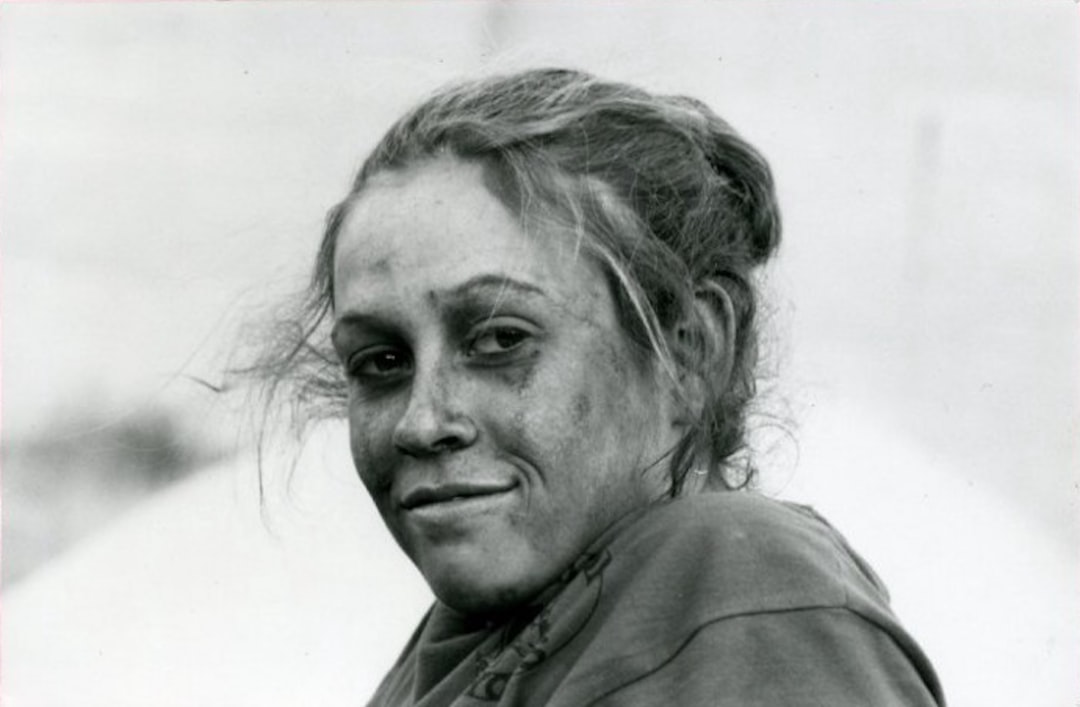
Polly Cooper was an Oneida woman who traveled to Valley Forge in 1777 during the American Revolution. Under Chief Skenandon’s leadership, the Oneidas brought bushels of maize to General George Washington’s starving Patriot army. Cooper showed Washington’s people how to properly cook and eat the corn. Washington’s intentions were to pay cash to Cooper for her generosity, but she refused to accept compensation because she said it was her duty to serve her country. As a token of appreciation, Martha Washington, wife of George Washington, brought Cooper to Philadelphia and bought her a shawl, hat, and bonnet. Cooper’s refusal to accept payment for her life-saving assistance demonstrated the deep commitment of Native American allies to the American cause. Her knowledge of corn preparation was crucial because improperly prepared corn could cause serious illness or even death among the starving soldiers. The shawl given to her by Martha Washington became a treasured family heirloom, passed down through generations of the Oneida Nation as a symbol of their historic alliance with America.
These forgotten figures shaped American history in ways that textbooks rarely mention, yet their contributions were often more significant than those of celebrated heroes. From Henrietta Wood’s groundbreaking legal victory to the Oneida Nation’s life-saving intervention at Valley Forge, these individuals changed the course of events through courage, innovation, and determination. Their stories remind us that history is made not just by famous leaders, but by ordinary people who chose to do extraordinary things when it mattered most. What would you have guessed about these remarkable Americans whose names should be household words?

